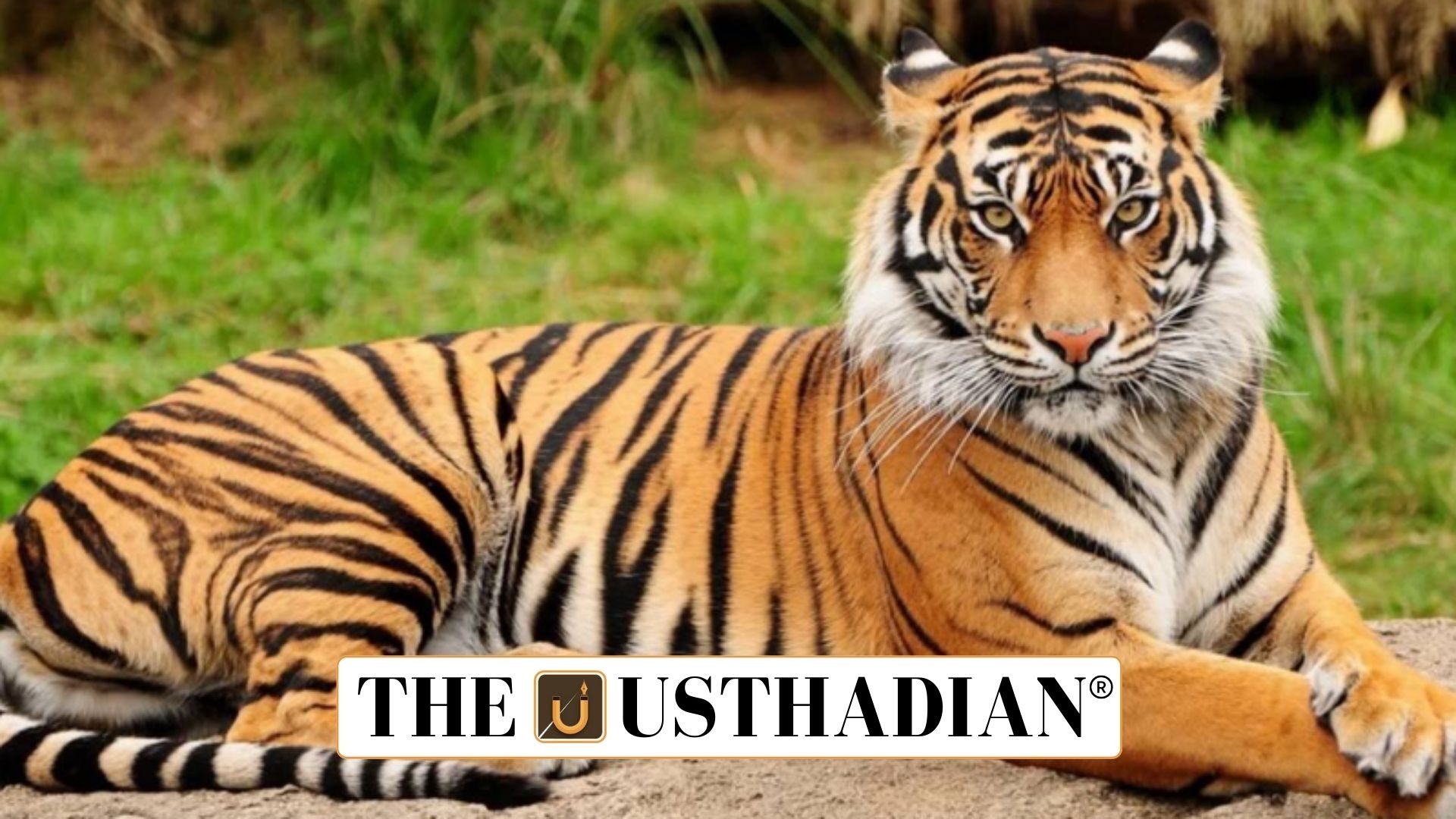Expansion of the Reserve
Sundarbans Tiger Reserve Expansion: The Sundarbans Tiger Reserve (STR) in West Bengal expanded in August 2025 with the addition of 1,044.68 sq km. This approval by the National Board of Wildlife (NBWL) has raised the total reserve area to 3,629.57 sq km, making STR the second-largest tiger reserve in India after Nagarjunasagar-Srisailam Tiger Reserve in Andhra Pradesh.
Static GK fact: The Sundarbans is a UNESCO World Heritage Site and the world’s largest mangrove forest.
Approval and Governance
The proposal for expansion was cleared by the NBWL, chaired by Union Environment Minister Bhupender Yadav. It included three key ranges — Matla, Raidighi, and Ramganga — from South 24 Parganas district. This step follows earlier approvals from the National Tiger Conservation Authority (NTCA) and the West Bengal State Board of Wildlife.
Historical Context
The idea of expanding STR began in 2005-06, but the plan stalled for years. Renewed momentum came in 2022-23, when Nilanjan Mullick, Director of the Sundarbans Biosphere Reserve, recommended the move. The proposal was finalised in 2024 and formally submitted after extensive consultations.
Static GK Tip: The first tiger reserve in India was Jim Corbett Tiger Reserve, established in 1973 under Project Tiger.
Benefits for Conservation
The expansion will unify fragmented tiger habitats under one administrative structure. It is expected to strengthen the implementation of NTCA guidelines, improve funding support, and enhance staff capacity. The reserve currently has an estimated 101 tigers, and better management may support population growth.
Static GK fact: India is home to over 75% of the world’s wild tigers, with 54 designated tiger reserves.
Challenges Ahead
STR still operates with only 40% of its sanctioned manpower, leading to management difficulties. Funding gaps and operational challenges persist. Fishermen’s groups in the region have raised concerns about their livelihoods, but the government clarified that the expanded areas fall under buffer zones, ensuring continued access for local communities.
Ecological and Social Impact
The Sundarbans provides a unique mangrove ecosystem that supports tigers, estuarine crocodiles, fishing cats, and numerous bird species. The expansion may also boost eco-tourism, but sustainable conservation depends on balancing biodiversity protection with the needs of local stakeholders. Continuous dialogue between authorities and communities will remain vital.
Static GK fact: The Sundarbans spans both India and Bangladesh, with India managing the western portion and Bangladesh overseeing the eastern part.
Static Usthadian Current Affairs Table
Sundarbans Tiger Reserve Expansion:
| Topic | Detail |
| Total area of STR after expansion | 3,629.57 sq km |
| Area added in August 2025 | 1,044.68 sq km |
| Approving authority | National Board of Wildlife (NBWL) |
| Chairperson of NBWL | Union Environment Minister Bhupender Yadav |
| Tiger population in Sundarbans (latest estimate) | 101 |
| Largest tiger reserve in India | Nagarjunasagar-Srisailam, Andhra Pradesh |
| Newly added ranges | Matla, Raidighi, Ramganga |
| First tiger reserve in India | Jim Corbett (1973) |
| STR location | South 24 Parganas, West Bengal |
| UNESCO recognition | World Heritage Site, 1987 |








